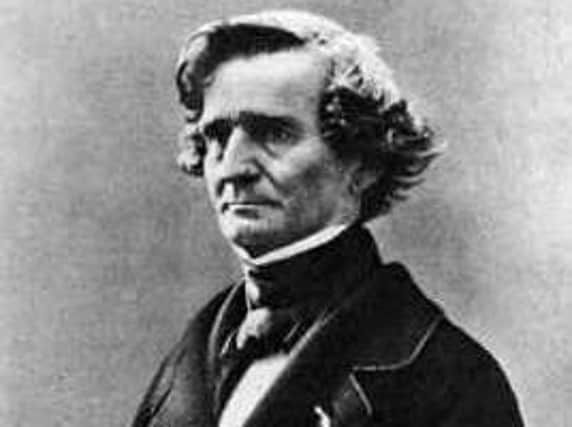Classical Chat: Berlioz goes his own way


A late starter in music, he insisted on challenging boundaries with more or less everything he wrote.
Related: Is Tchaikovsky's music the soul of Russia?Where many pieces fit neatly into genre boxes, Berlioz’s mix and match bits of everything in his head.
Advertisement
Hide AdAdvertisement
Hide AdHe was wildly inspired by literature and drama and his Romantic temperament pours out in his enjoyable writings which oscillate from rapture to despair.
His relatively-small output is dominated by large-scale pieces, all revelling in hugely complex orchestration, big structures and unusual rhythms.
Here are just a few of his masterpieces:
Symphonie Fantastique: This extraordinary five-movement tone poem tells the tale of an opium taker who falls in love with a woman, gets taken to the gallows and executed before ending up at a witches’ sabbath. Yes, really.
La Damnation de Faust: A vivid retelling of the classic story of the man who sells his soul to the Devil. It’s a bit uneven and rambling but the best bits (the Hungarian march, a drinking scene and the final ride to hell) are truly thrilling.
Advertisement
Hide AdAdvertisement
Hide AdHarold en Italie: A large orchestral piece with a solo viola, which acts the role of a melancholy poet wandering the Italian mountains. Probably his most accessible and beautiful work.
Les nuits d’été (Summer Nights): This gorgeous piece was one of the first French song cycles to be given full orchestral accompaniment and remains extremely popular. The poems about love and renewal are by a friend and neighbour.
Les Troyens: Berlioz’s opera masterpiece is a four-hour giant which is not performed often but is an awe-inspiring achievement. The orchestral Royal Hunt and Storm is the best place to start.